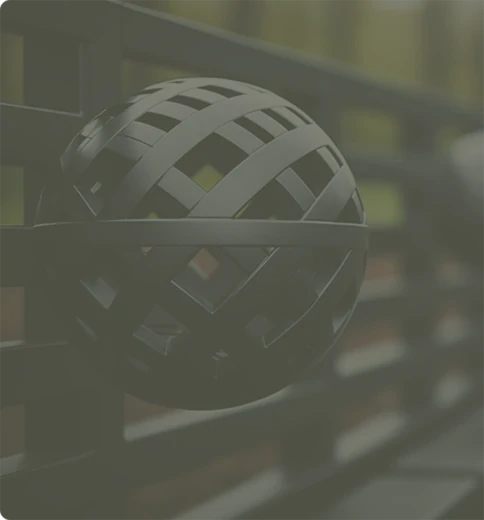steel or iron stronger
Steel or Iron Which is Stronger?
The debate over whether steel or iron is stronger has been a longstanding discussion in the fields of metallurgy and engineering. Understanding the differences between these two materials is essential for various applications, from construction to manufacturing. Although both metals share a common origin—iron ore—their properties, composition, and uses diverge significantly.
Iron is one of the most abundant elements on Earth and has been used by humans for thousands of years. It is known for its malleability and ductility, which allow it to be shaped into various forms. Pure iron, however, is relatively soft and lacks the strength required for many structural applications. To improve its properties, iron is often alloyed with other elements, most notably carbon.
Steel, on the other hand, is an alloy made primarily of iron and carbon, typically containing between 0.2% to 2.1% carbon by weight. The addition of carbon enhances the material's hardness, tensile strength, and overall durability. This makes steel a more desirable material for applications that require strength and resilience, such as beams in construction, automotive parts, and infrastructure.
Steel or Iron Which is Stronger?
One of the key factors that contribute to steel’s impressive strength is its microstructure. When steel is heat-treated through processes such as quenching and tempering, its crystalline structure changes, resulting in increased strength. The presence of carbides and other compounds within the steel also plays a critical role in enhancing its mechanical properties.
steel or iron stronger

The versatility of steel is another reason for its superiority over iron. Various types of steel are formulated to meet specific needs, such as stainless steel, which contains chromium to resist corrosion; high-carbon steel, known for its hardness and rigidity; and alloy steels, which incorporate different elements to improve performance under specific conditions. This adaptability allows engineers and manufacturers to select the best material for their unique applications.
In contrast, while iron does have specific benefits, such as excellent castability and a lower cost compared to some grades of steel, its strengths are limited. Cast iron, for instance, is more brittle and cannot withstand the same level of tensile stress as steel. Thus, while it has its uses—like in pipes, automotive parts, and cookware—its application is more restricted compared to steel.
Moreover, the carbon content in steel not only enhances its strength but also improves its fatigue resistance—the ability to withstand repeated loading and unloading cycles. This property is crucial in applications such as bridges and machinery, where the materials are subjected to continuous stress over time. Iron, lacking these properties, is less effective in applications that require long-term performance under variable loads.
Environmental considerations also play a role in the steel versus iron discussion. The production of steel utilizes significant energy, but advancements in recycling and production methods aim to mitigate environmental impact. Steel recycling is a well-established practice, promoting sustainability in the industry. Iron, particularly in its wrought form, is less often recycled due to its lower strength and higher potential for rust, leading to wastefulness in applications.
In conclusion, while both steel and iron have their unique attributes and applications, steel emerges as the stronger material when it comes to tensile strength, durability, and versatility. The advancements in steel manufacturing and treatment have allowed it to dominate numerous industries, leaving iron with more niche uses. As technology continues to evolve, the importance of material selection will remain critical, and steel will likely retain its status as the favored choice for strength and reliability.
-
Wrought Iron Components: Timeless Elegance and Structural StrengthNewsJul.28,2025
-
Window Hardware Essentials: Rollers, Handles, and Locking SolutionsNewsJul.28,2025
-
Small Agricultural Processing Machines: Corn Threshers, Cassava Chippers, Grain Peelers & Chaff CuttersNewsJul.28,2025
-
Sliding Rollers: Smooth, Silent, and Built to LastNewsJul.28,2025
-
Cast Iron Stoves: Timeless Heating with Modern EfficiencyNewsJul.28,2025
-
Cast Iron Pipe and Fitting: Durable, Fire-Resistant Solutions for Plumbing and DrainageNewsJul.28,2025
-
 Wrought Iron Components: Timeless Elegance and Structural StrengthJul-28-2025Wrought Iron Components: Timeless Elegance and Structural Strength
Wrought Iron Components: Timeless Elegance and Structural StrengthJul-28-2025Wrought Iron Components: Timeless Elegance and Structural Strength -
 Window Hardware Essentials: Rollers, Handles, and Locking SolutionsJul-28-2025Window Hardware Essentials: Rollers, Handles, and Locking Solutions
Window Hardware Essentials: Rollers, Handles, and Locking SolutionsJul-28-2025Window Hardware Essentials: Rollers, Handles, and Locking Solutions -
 Small Agricultural Processing Machines: Corn Threshers, Cassava Chippers, Grain Peelers & Chaff CuttersJul-28-2025Small Agricultural Processing Machines: Corn Threshers, Cassava Chippers, Grain Peelers & Chaff Cutters
Small Agricultural Processing Machines: Corn Threshers, Cassava Chippers, Grain Peelers & Chaff CuttersJul-28-2025Small Agricultural Processing Machines: Corn Threshers, Cassava Chippers, Grain Peelers & Chaff Cutters












